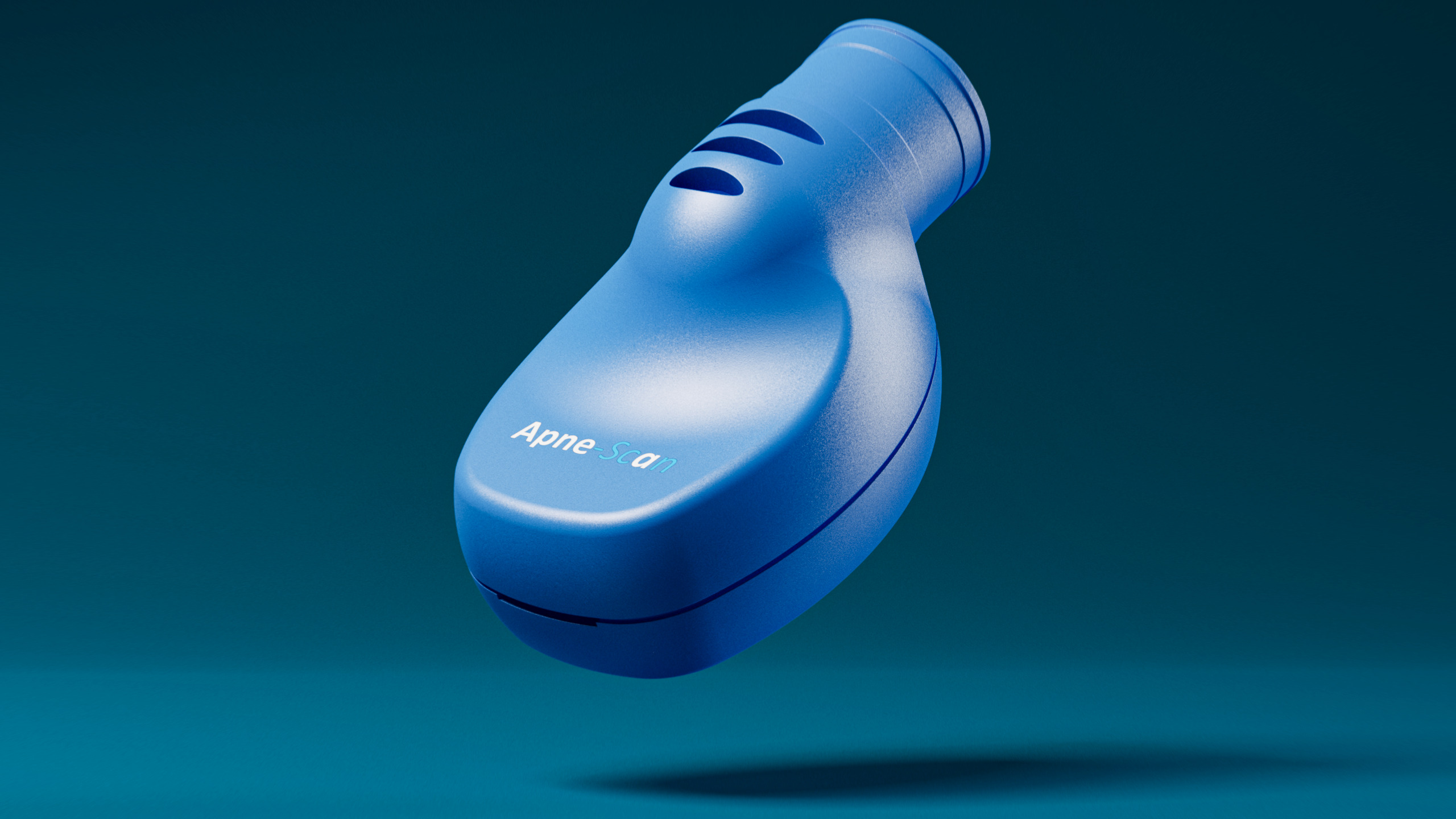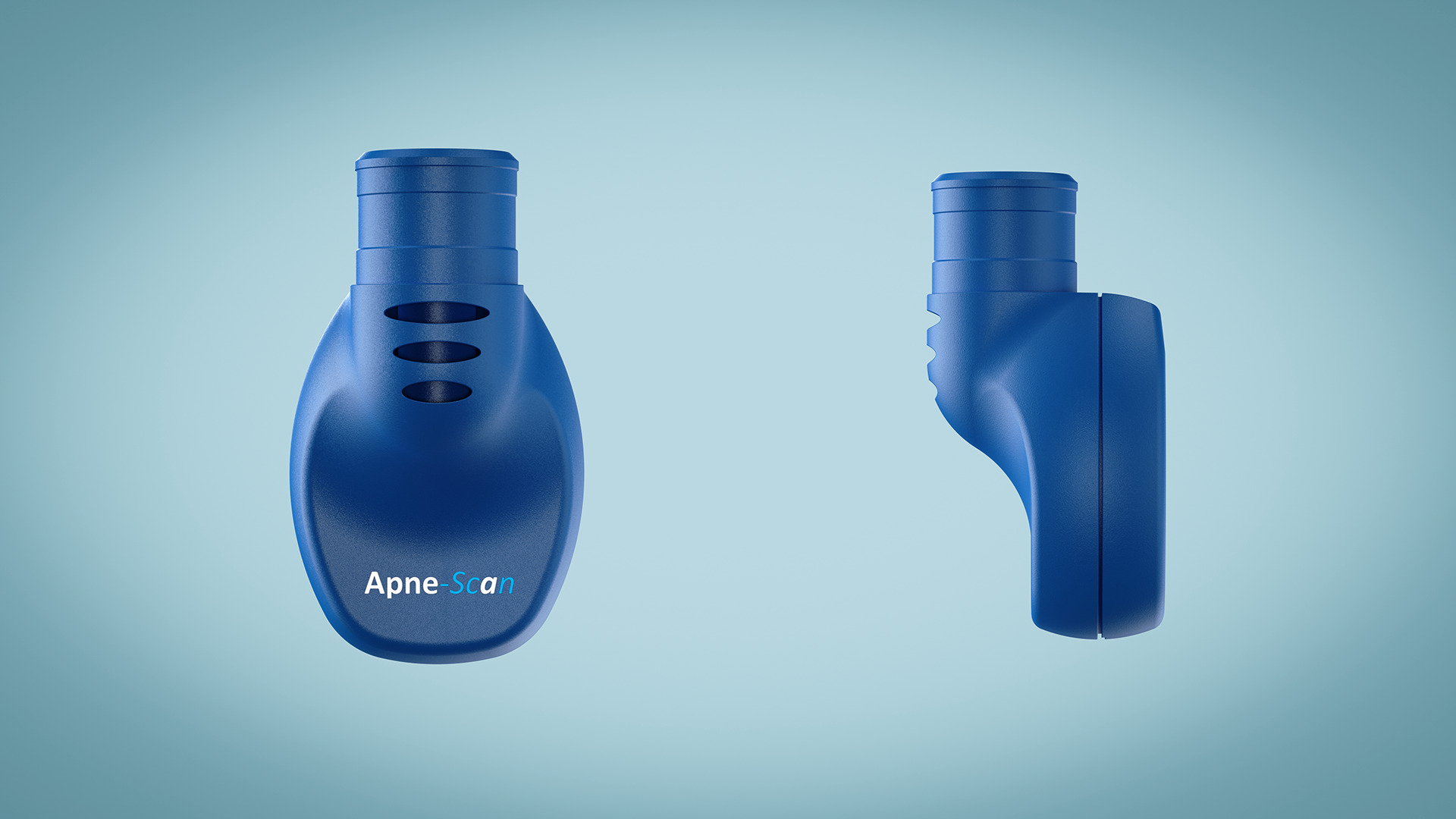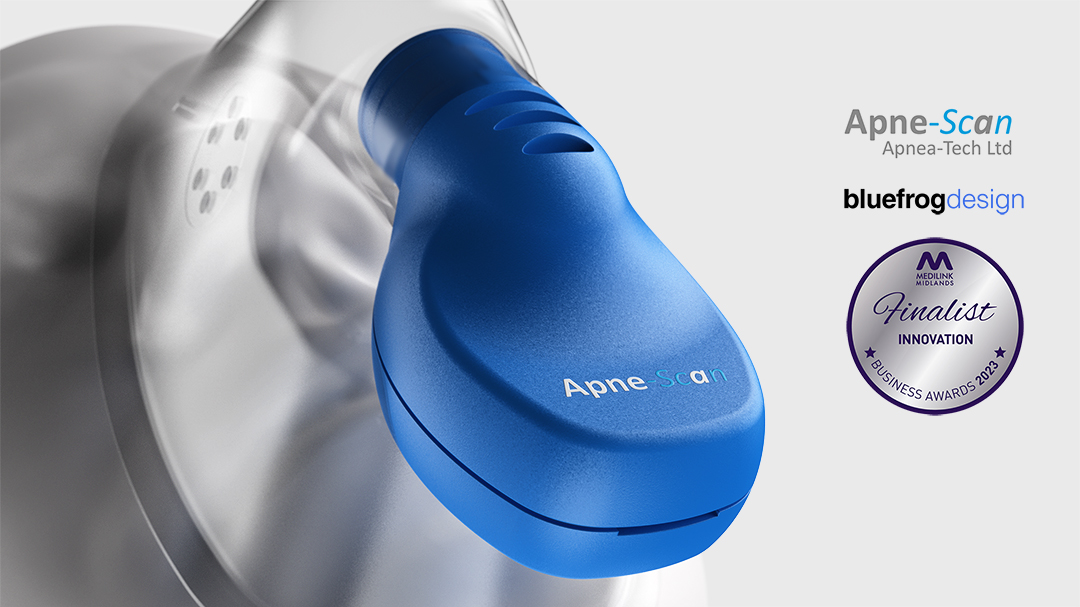Critical Considerations for Medical Product Design

Medical and healthcare sectors require intricate attention to detail in the realm of medical device design. This is starkly different from generic consumer product development. Both emerging and well-rooted companies share a mission: to alleviate patient suffering and offer medical relief. Yet, the path to launching a market-ready product is laden with obstacles and intricate details.
Table of Contents
For most manufacturers in the medical realm, promptly introducing a medical device to the market is of paramount importance. While financial implications are evident—where delays can critically impact ROI and cost efficiencies—the broader concern lies in patient welfare. Prolonged delays might postpone the myriad benefits the device promises to its end users.
A swift market entry mirrors both cost-effectiveness and timely planning. A lag in delivering a medical solution often points to overlooked design decisions. These pivotal design elements, though appearing overly cautious initially, prove their worth later, curtailing the overall market entry timeline.
Navigating Regulatory Challenges
Engaging with regulatory entities like the MHRA mandates the preparation of a DHF – Design History File. This comprehensive file documents the complete journey of your device’s design and development. Attempting to compile this after completing the design stages is a futile endeavour. The preliminary research phase should already encompass regulatory exploration. Knowing the right regulatory boards and their expectations for each target market is imperative from the get-go.
Prioritising Human Interactions
Regardless of whether your device caters to medical professionals or direct patients, emphasising a design that is user-centred and based on human interaction is non-negotiable. It’s vital to strategize and secure approvals for empirical studies that vouch for your device’s user-friendliness. Starting with a focus on intuitive design and smooth user experience avoids unnecessary and costly redesigns later. A hesitant nod to rudimentary designs at inception can cost you later, pushing you back to the drawing board.

Bracing for Regulatory Inspections
It’s a given that regulatory bodies will demand proof of the device’s security framework. This encompasses executing vulnerability checks during the design phase, adhering to industry-leading norms during the creation and production process, and establishing a robust system to track emerging cyber threats. It also includes a mechanism for securely rolling out updates for devices that are actively in use.
Evaluating the Manufacturing Process
Is your manufacturing method overly complicated? Relying heavily on manual interventions and bespoke inventory can escalate production timelines and inflate costs. Concurrently, the focus should also remain on the device’s testability throughout its design and developmental phases. A well-thought-out test system for your device can be seamlessly adapted for varied tests, be it validation, verification, or production-floor tests.
Guard Against Unwanted Feature Additions
If the goal is to design a Minimum Viable Product (MVP), then it’s crucial to ward off the allure of adding every potential feature. A steadfast commitment to the device’s primary objective and the initially envisioned functionality is essential. It’s wise to shun superfluous features, knowing that later models can incorporate additional functionalities.

Concluding Thoughts: The Pivotal Role of Comprehensive Medical Device Design
In today’s rapidly evolving healthcare landscape, the importance of medical product design and development stands as more than just a technical endeavor. It’s a confluence of science, human understanding, and forward-looking vision. The intricate balancing act of aesthetic appeal with functional prowess, while concurrently navigating the regulatory standards, defines the success of medical device design.
Patient-centricity remains at the heart of any medical advancement. Devices, irrespective of their complexity, must resonate with the immediate and long-term needs of the end-users. Hence, the emphasis on iterative design and user feedback isn’t merely a process—it’s a philosophy. It ensures that as medical technologies advance, they do so with a grounded understanding of those they serve.
The regulatory hurdles, often perceived as daunting checkpoints, are in place for a noble cause: ensuring patient safety and product efficacy. By meticulously adhering to these standards, designers and manufacturers are not just meeting a statutory requirement; they are upholding a commitment to excellence and trustworthiness.
Manufacturing processes and methodologies might seem distant from the end product, but in reality, they’re the silent backbone. Efficient, streamlined manufacturing ensures that innovative medical solutions are not just prototypes but are accessible and available to those in need. This further reiterates the importance of not getting swayed by feature additions but remaining true to the core intent of the product.
In conclusion, the journey of medical product design is a testament to human ingenuity, compassion, and resilience. By marrying innovation with empathy, designers are playing a pivotal role in sculpting the future of healthcare—one that promises better outcomes, enhanced patient experiences, and a brighter tomorrow for all.
If you would like to see more on our services
If you would like to hear more on how we can improve the quality of your products or help with your product development, please contact Bluefrog Design at [email protected]
Frequently Asked Questions
How Crucial is Iterative Design in Medical Product Creation?
Iterative design forms the backbone of product development. It’s a cyclic process of refining product designs based on continuous feedback from end users. This iterative feedback mechanism ensures the end product aligns seamlessly with both medical practitioners’ and patients’ needs.
How Does Bluefrog Design Uphold Regulatory Standards in Medical Device Design?
Staying compliant with regulatory norms is paramount in medical device design. At Bluefrog Design, our teams are equipped with in-depth knowledge of these requirements. We partner with seasoned industry professionals, ensuring our designs not only align with but surpass regulatory benchmarks. Our rigorous testing and validation phases underscore this commitment.
Why is User-Centric Design Pivotal for Health Outcomes?
User-centric design significantly influences positive healthcare results. By embedding the end-user’s perspective throughout the design trajectory, the resulting medical products cater precisely to their unique requirements. This heightened focus on usability augments patient satisfaction, making treatments more effective and ultimately bolstering health outcomes.
Ready to get started on a project?
Socials




One Comment